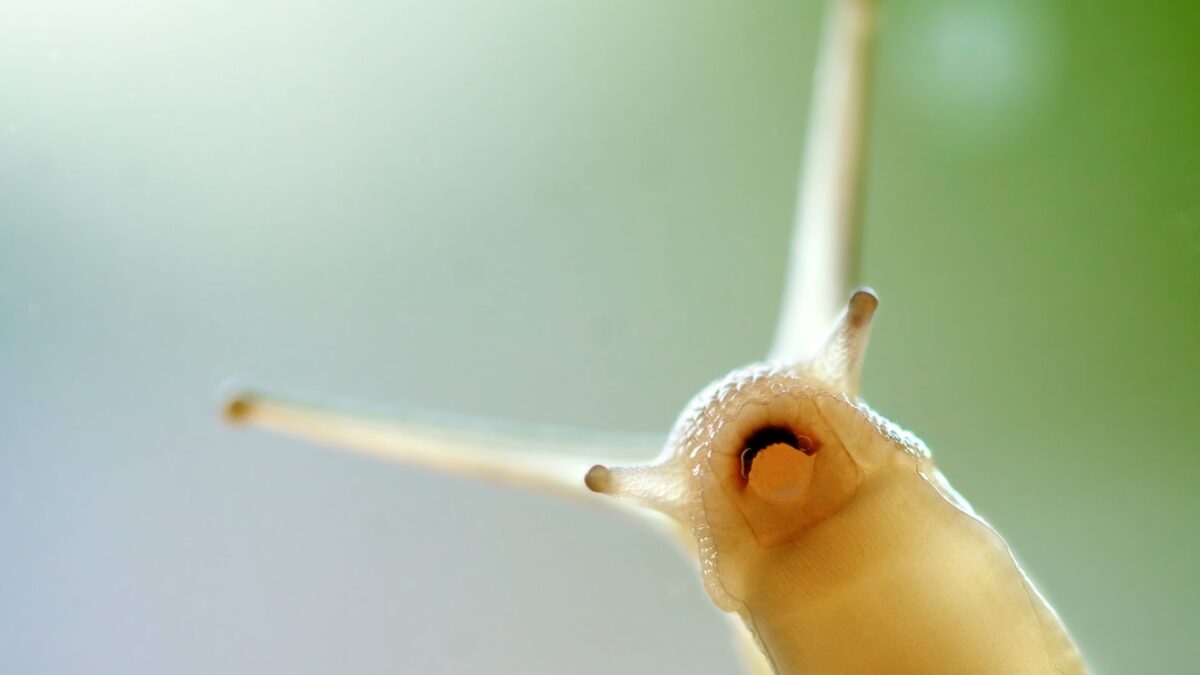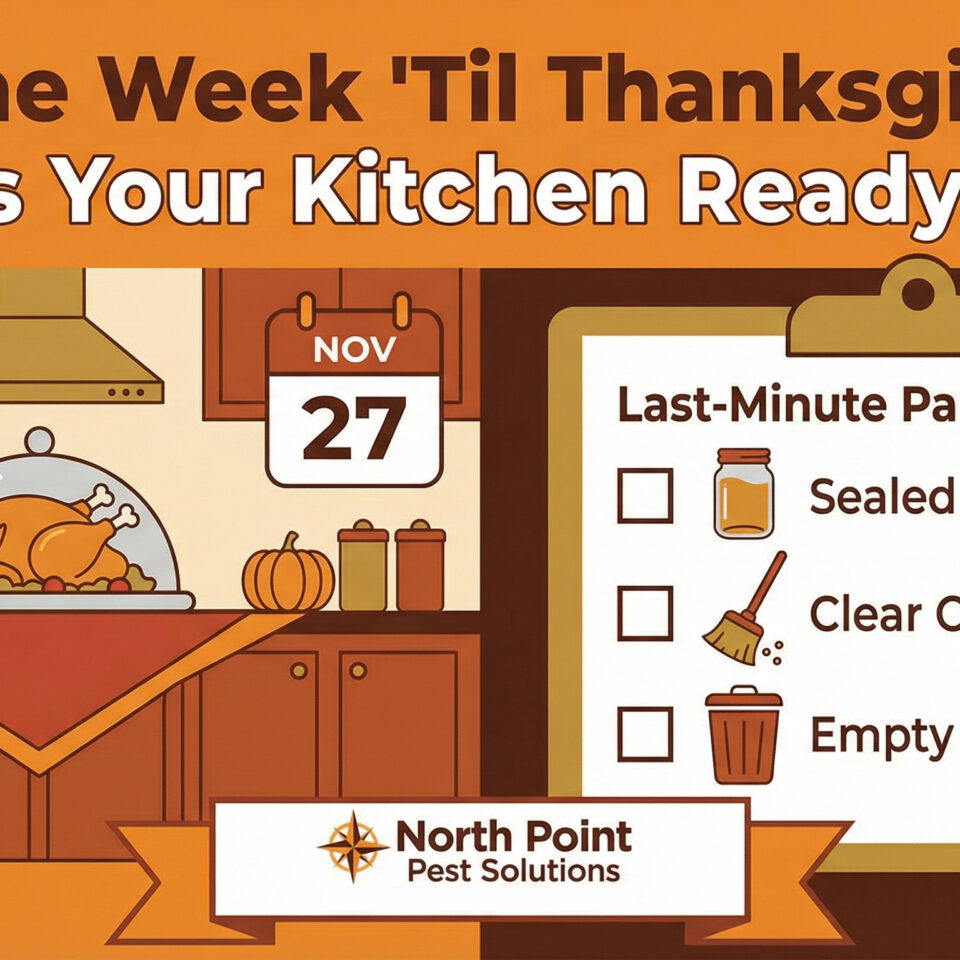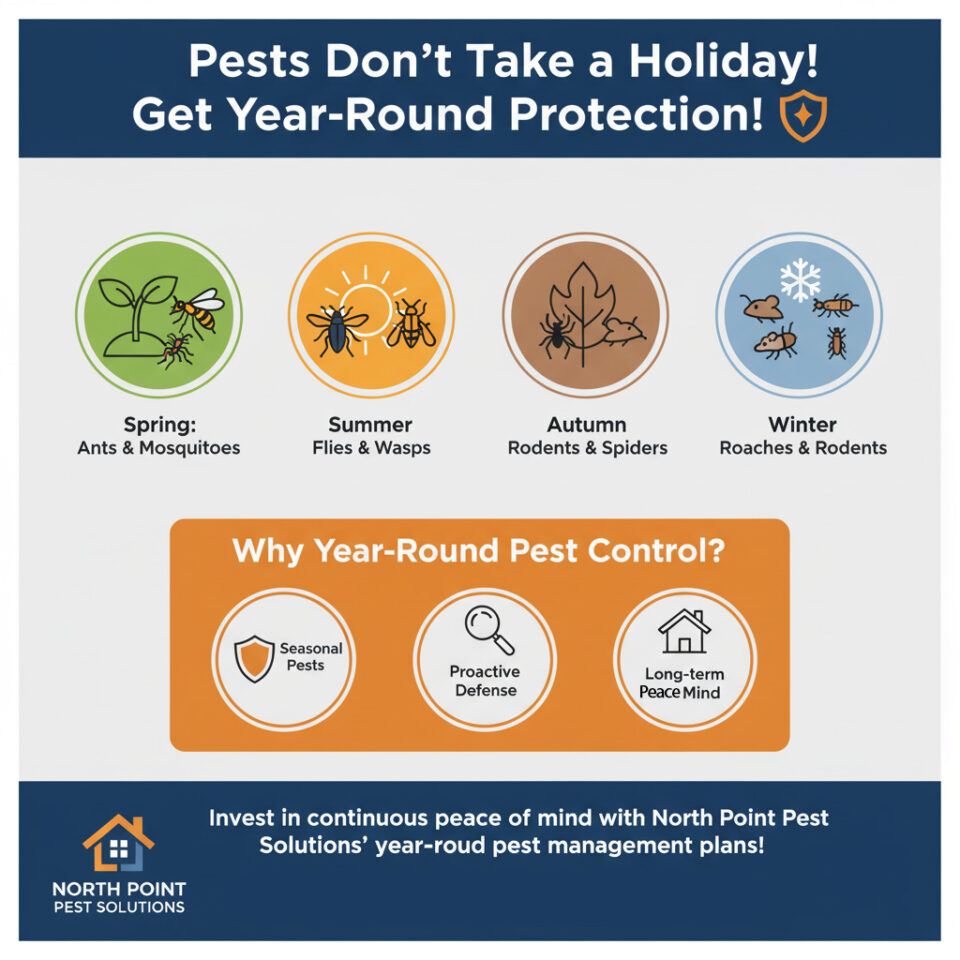Welcome back to Pest of the Week! As we dive deeper into May here in the North Bay, our gardens are flourishing with tender new growth. Unfortunately, this also means some notorious munchers are out in full force. Last week we tackled aphids, and this week, we’re setting our sights on those slimy, silent destroyers: Snails and Slugs!
Meet the Mollusks: Snail vs. Slug
You’ve likely encountered both of these gastropod mollusks. The main difference is obvious:
- Snails: Carry their homes on their backs – a spiral shell they can retract into for protection.
- Slugs: Are essentially “homeless” snails, lacking an external shell. They are typically more vulnerable to desiccation.
Both come in various sizes and colors, from tiny translucent critters to behemoths several inches long. But their calling card is unmistakable: the shimmering slime trails they leave behind as they glide across surfaces.
Nighttime Nibblers: Their Habits & Hangouts
Snails and slugs are primarily nocturnal, preferring to do their dirty work under the cover of darkness or on cool, damp, overcast days. During the sunny, dry hours, they seek refuge in moist, shady spots:
- Under pots and containers
- Beneath rocks, boards, and garden debris
- Within dense groundcovers and mulch
- Deep in the crowns of plants
They feed on a wide variety of plant material, showing a particular fondness for tender seedlings, young shoots, leafy greens (lettuces, spinach, hostas are favorites!), and soft fruits like strawberries.
The Damage Done
The evidence of snail and slug activity is often heartbreaking for gardeners:
- Chewed Leaves: Irregular holes in leaves, sometimes stripping them down to the veins. Seedlings can be devoured entirely overnight.
- Damaged Fruit & Flowers: Holes chewed in ripening fruits or petals.
- Slime Trails: Those silvery tracks are a dead giveaway, even if you don’t catch them in the act.
- Weakened Plants: Consistent damage can weaken plants, making them more susceptible to diseases.
Why Now? The Early May Mayhem
Early May in North Bay often provides the perfect storm for snail and slug activity. We’ve usually had some spring rains (or consistent irrigation), keeping the soil moist, and temperatures are still relatively mild – not too hot to drive them into deep hiding, and perfect for cruising around at night. All the delicious, tender spring growth is an irresistible buffet.
Taking Back Your Garden: Management Strategies
Battling snails and slugs requires persistence and often a combination of methods (Integrated Pest Management – IPM):
- Reduce Hiding Spots & Moisture:
- Clean up garden debris, old boards, and unnecessary clutter.
- Avoid overly dense mulch right up against plant stems.
- Water plants in the morning so the soil surface and foliage have a chance to dry out by evening. Drip irrigation or soaker hoses can help keep foliage drier.
- Handpicking: The most direct method! Go out at dusk, after dark with a flashlight, or in the early morning. Pluck them off plants and dispose of them (e.g., in a bucket of soapy water or a sealed bag in the trash).
- Traps:
- Beer Traps: Shallow containers (like tuna cans or pie tins) sunk into the soil and filled with an inch or so of beer or a yeast-sugar-water mixture. Snails and slugs are attracted, fall in, and drown. Empty and refill regularly.
- Board Traps: Lay flat boards, pieces of carpet, or even large cabbage leaves on the soil. Snails and slugs will congregate underneath during the day. Simply lift the traps and dispose of the pests.
- Citrus Rinds: Overturned grapefruit or orange halves can also attract them.
- Barriers:
- Copper: Copper strips or mesh around raised beds, pots, or individual plants can create a barrier. When snails/slugs contact copper, it gives them a slight electrical shock. Keep copper clean for effectiveness.
- Diatomaceous Earth (DE): This powdery substance made from fossilized diatoms has sharp edges that can abrade the soft bodies of slugs and snails, leading to dehydration. It must be kept dry to be effective and reapplied after rain or watering. Use food-grade DE.
- Crushed Eggshells/Grit: Some gardeners find that a rough barrier of these materials can deter them, though effectiveness varies.
- Encourage Natural Predators: Toads, some snakes, ground beetles, and even certain birds (like ducks) prey on snails and slugs. Creating a wildlife-friendly garden can help keep populations in check.
- Baits (Use with Caution):
- Iron Phosphate Baits: These are generally considered safer for pets, wildlife, and the environment than older metaldehyde baits. Snails and slugs eat the bait and then stop feeding. Look for products OMRI listed for organic gardening if that’s your preference. Always read and follow label instructions carefully, and store baits out of reach of children and pets.
- Metaldehyde Baits: These are more toxic and pose a higher risk to pets and wildlife. If used, extreme caution is necessary. Many gardeners are phasing these out.
North Bay Blues from Slugs & Snails?
Are these slimy critters making a meal of your North Bay garden? What are your tried-and-true methods for keeping them at bay? Share your tips, frustrations, and successes in the comments below! And let us know if there’s a particular pest you’d like to see featured in an upcoming post!






